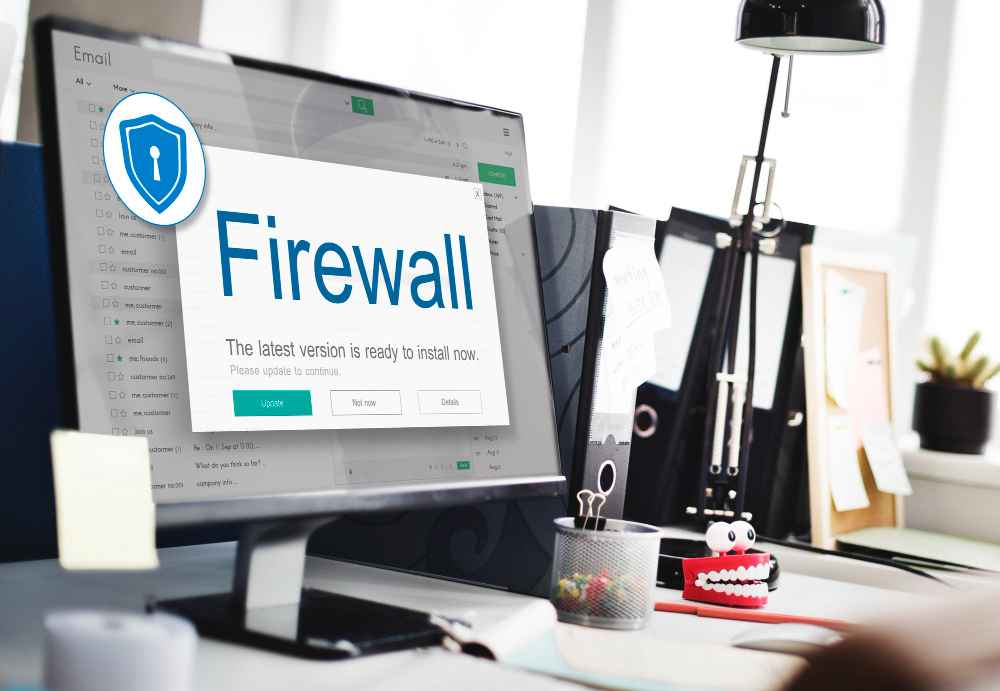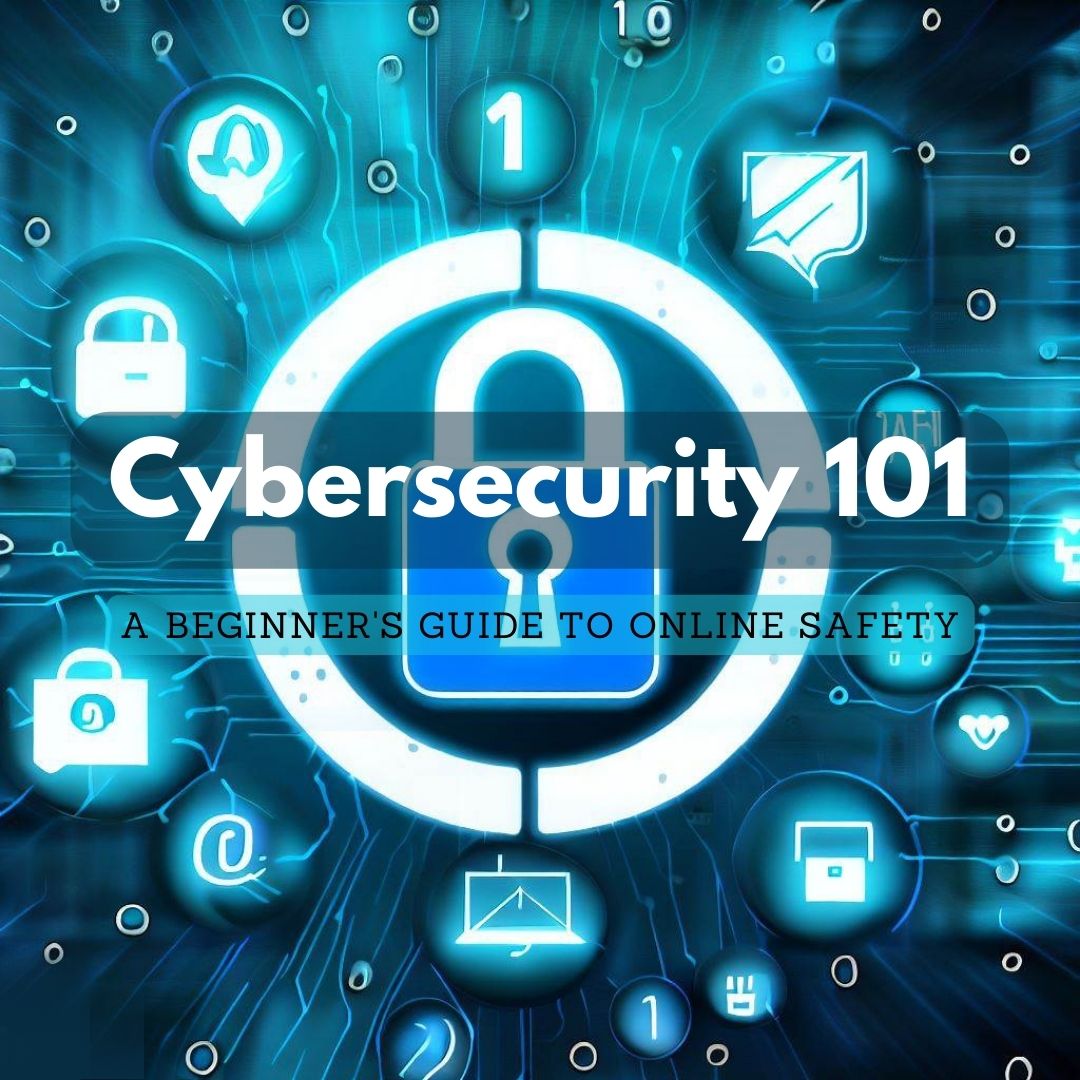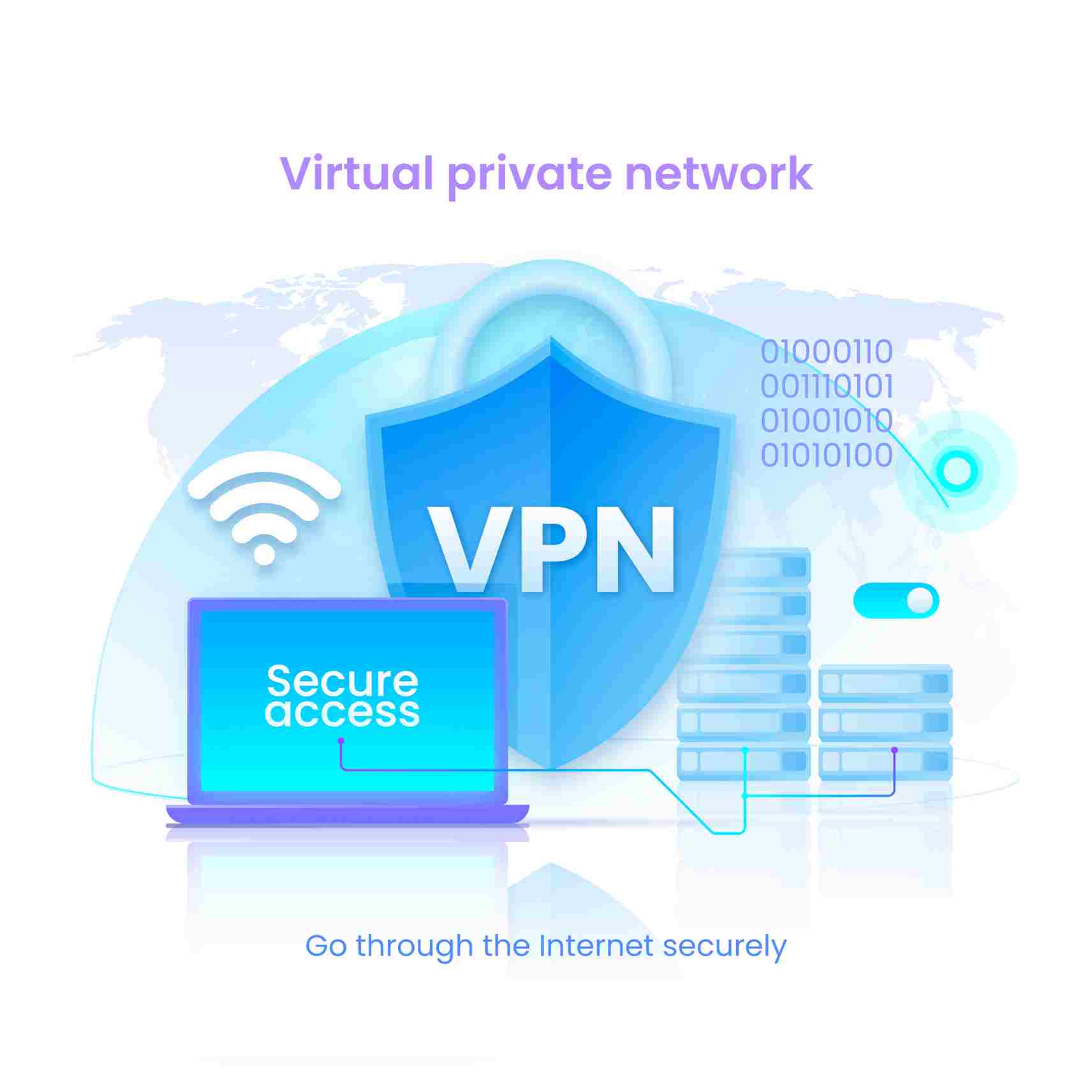Firewall Installation
Firewall installation is a crucial step in securing your network from unauthorized access and malicious attacks. A firewall is a software or hardware device that monitors and filters the incoming and outgoing traffic on your network based on predefined rules. Installing a firewall can help you protect your data, devices, and applications from hackers, viruses, worms, and other threats.
A firewall is a network security device that monitors incoming and outgoing traffic and decides whether to allow or block specific traffic based on a defined set of security rules. Firewalls are essential for protecting your network from unauthorized access, malicious attacks, and other threats.
In this blog post, I will guide you through the steps of installing a firewall on your Windows 10 computer. This will help you enhance your security and privacy online.
Step 1: Choose a firewall software
There are many firewall software options available, both free and paid. Some of the most popular ones are:
- Windows Defender Firewall: This is the built-in firewall that comes with Windows 10. It is easy to use and provides basic protection for your computer.
- ZoneAlarm Free Firewall: This is a free firewall that offers advanced features such as identity protection, anti-phishing, and online backup.
- Comodo Firewall: This is another free firewall that provides a high level of security and customization. It also includes a sandbox mode that allows you to run unknown applications in a safe environment.
- Bitdefender Total Security: This is a paid firewall that offers comprehensive protection for your computer and other devices. It also includes antivirus, anti-malware, VPN, parental control, and more.
You can choose any firewall software that suits your needs and preferences. However, make sure to do some research before downloading and installing any software from the internet. Check the reviews, ratings, and reputation of the software and the developer. Also, avoid downloading software from untrusted sources or clicking on suspicious links.
Step 2: Download and install the firewall software
Once you have chosen firewall software, you can download it from the official website or a trusted source. Follow the instructions on the screen to install the software on your computer. You may need to restart your computer after the installation is complete.
Step 3: Configure the firewall settings
After installing the firewall software, you need to configure the settings according to your needs and preferences. You can access the settings by opening the software or by clicking on the icon in the system tray. The settings may vary depending on the software you choose, but some of the common ones are:
- General settings: Here you can enable or disable the firewall, check for updates, and change the language and theme of the software.
- Network settings: Here you can manage the network connections and devices that are allowed or blocked by the firewall. You can also create custom rules for specific applications or ports.
- Security settings: Here you can adjust the level of protection and alertness of the firewall. You can also enable or disable features such as stealth mode, anti-spyware, anti-phishing, etc.
- Privacy settings: Here you can control how the firewall collects and uses your personal data. You can also enable or disable features such as VPN, identity protection, online backup, etc.
You should review and customize the settings carefully to ensure optimal performance and security of your firewall. You can also use the help or support option in the software if you have any questions or issues.
Step 4: Test the firewall
The final step is to test the firewall and make sure it is working properly. You can do this by using online tools such as:
- Firewall Test: This is a simple tool that checks if your firewall is blocking incoming connections from different ports.
- ShieldsUP!: This is a more advanced tool that scans your network for vulnerabilities and leaks.
- Audit My PC: This is another tool that tests your firewall for various security issues.
You can use any of these tools or others to test your firewall. If you find any problems or errors, you can troubleshoot them by checking the settings or contacting the support team of your firewall software.
Conclusion
Installing a firewall on your Windows 10 computer is an important step to improving your network security and privacy. By following these steps, you can easily install and configure a firewall software of your choice. You can also test and monitor your firewall regularly to ensure its effectiveness.
I hope you found this blog post helpful and informative. If you have any feedback or questions, please leave a comment below or contact me through our website. Thank you for reading!
Share This Post
Related Articles
How to Protect a Website From Cyber Attacks
Securing a website is an essential task for any web developer or administrator. A website that is not secure can expose sensitive data, compromise user privacy, and become a target for malicious attacks.
Guide to Deal With Fake Social Media Profiles
Elevate your online safety with our comprehensive guide on dealing with fake social media profiles. Learn expert strategies to recognize and report deceptive accounts, ensuring a secure digital presence. Stay ahead in the digital realm with our essential insights.
What is Cyber Security?
Cyber security is the practice of protecting information systems and networks from cyber threats such as hackers, malware, ransomware, phishing, and data breaches. Cyber security involves implementing technical, organizational, and human measures to prevent, detect, and respond to cyber-attacks. Cyber security is essential for ensuring the confidentiality, integrity, and availability of data and services in the digital world.
Cybersecurity 101: A Beginner's Guide to Online Safety
Explore the digital wilderness with Cybersecurity 101: A Beginner's Guide to Online Safety! Learn how to spot online threats, create strong passwords, and protect your digital kingdom.
What is VPN? How It Works, Types of VPN
A VPN, or virtual private network, is a service that allows you to connect to the internet securely and privately. A VPN encrypts your data and routes it through a server in another location, making it appear as if you are browsing from that location. This can help you access geo-restricted content, protect your online privacy, and avoid censorship and surveillance.
Related FAQ
No related FAQ.
Say Hello
To Your Dream





